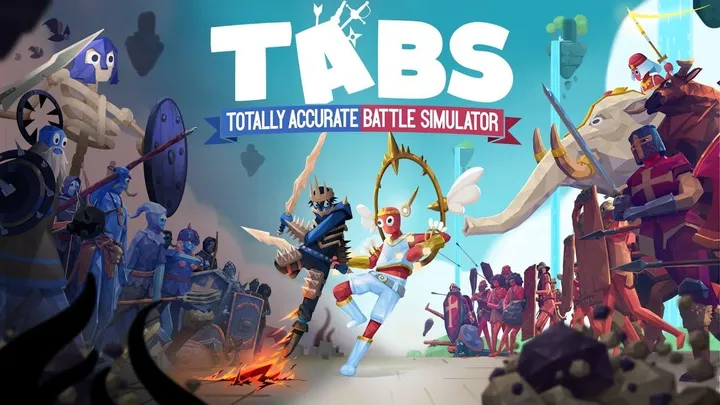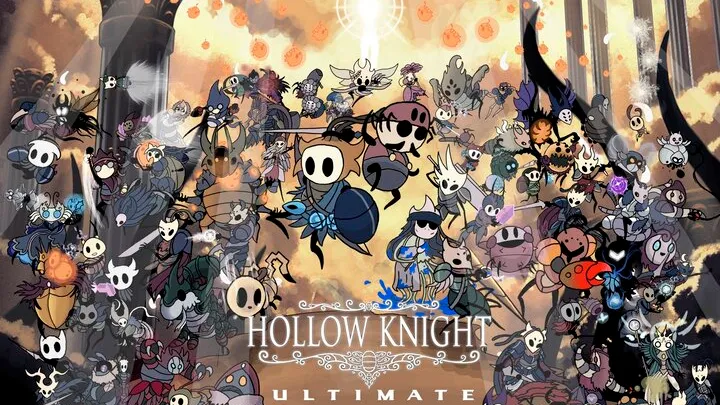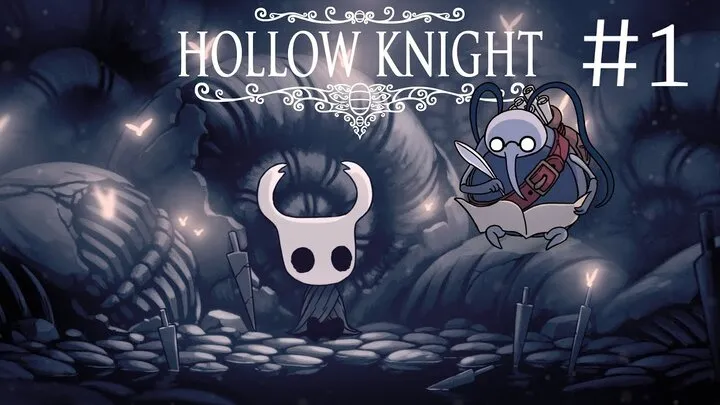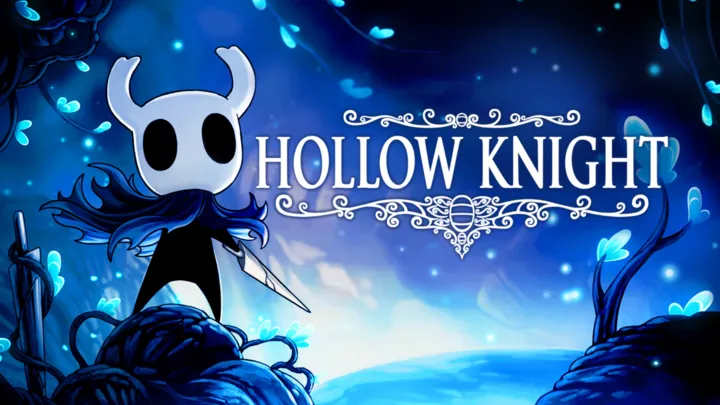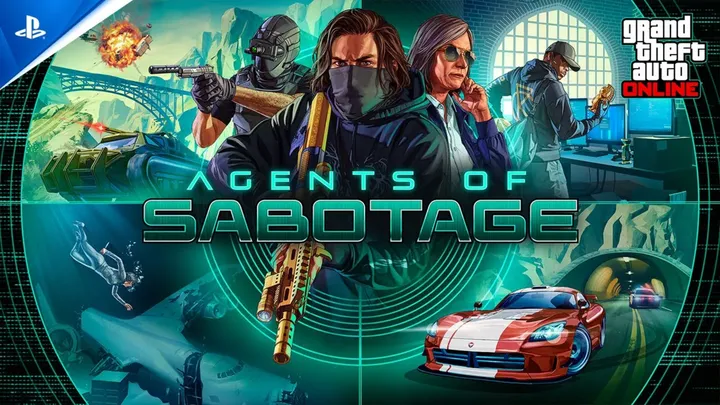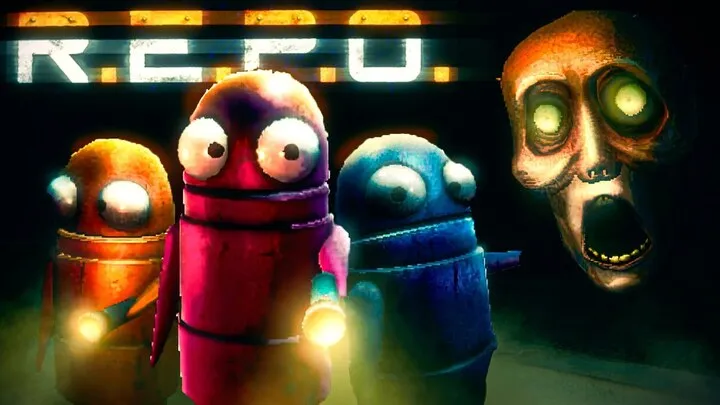Introduction
Video games have always provided entertainment, but certain titles push beyond simple fun. These are the games that challenge players’ logic, patience, creativity, and adaptability at every step. Unlike action-heavy shooters or casual adventures, mind-bending titles demand focus, problem-solving skills, and a willingness to think outside the box. They redefine what it means to play by constantly questioning your instincts and strategies.
In this article, we’ll explore ten iconic games that have truly tested players’ abilities. Each of them stands as proof that games can be more than entertainment—they can be exercises in perseverance, puzzles wrapped in stories, or brain-teasers that make us see the digital world differently. From cult classics to modern masterpieces, these titles embody what it means to challenge every move.
1. Portal and Portal 2: Redefining Puzzle Games
When Valve released Portal in 2007, nobody expected a short experimental title bundled with The Orange Box to reshape puzzle gaming forever. Its ingenious mechanics, centered on the “portal gun,” forced players to rethink space, gravity, and cause-and-effect in ways never seen before. Every puzzle was less about reflexes and more about perspective—how could you outsmart the room using two linked portals?
The sequel, Portal 2, expanded on these mechanics with gels, lasers, and more complex chambers while delivering one of gaming’s sharpest scripts. The sarcastic AI GLaDOS and the bumbling Wheatley added humor to the cerebral challenges, making it a unique blend of brain exercise and narrative entertainment.
Why Portal Changed Gaming
Portal proved that a puzzle game could achieve mainstream success without traditional combat or flashy graphics. Its short length became part of its charm—every moment was concentrated brilliance. Portal 2 then elevated the formula with co-op gameplay, making teamwork as essential as individual wit. These games remain benchmarks for how level design and mechanics can work hand in hand to challenge the player’s intellect.
2. The Witness: A World of Puzzles Without Words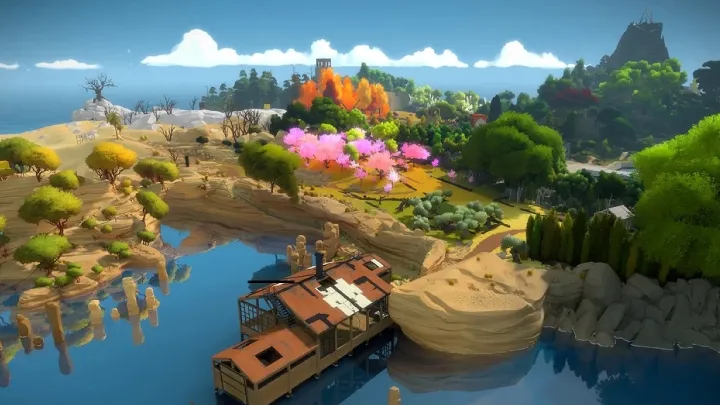
Jonathan Blow’s The Witness is often described as one of the most demanding puzzle games ever made. Set on a mysterious island filled with hundreds of puzzles, the game never holds your hand. There are no tutorials, no lengthy explanations, and no dialogue guiding you forward. Instead, players must learn by observing patterns, experimenting with solutions, and gradually understanding the underlying rules.
At first glance, the puzzles seem simple—drawing lines through grids. But as you progress, the complexity skyrockets. Suddenly, environmental clues, sound cues, and perspective itself become integral to solving challenges. The island is a teacher, rewarding curiosity and punishing assumptions.
Why The Witness Stands Out
What sets The Witness apart is its reliance on pure player discovery. There’s no single solution path; instead, the game encourages exploration and self-guided learning. It mirrors real-life problem-solving, where the answers aren’t handed to you but must be pieced together from fragments. The result is a deeply personal and sometimes frustrating journey, but one that leaves a lasting impression on anyone who completes it.
3. Braid (2008)
Game Introduction
Developed by Jonathan Blow, Braid was one of the first indie titles to prove that small-scale games could leave a massive impact on the industry. Blending classic platform mechanics with unique time-manipulation features, it delivered an experience that was both familiar and groundbreaking.
Gameplay Analysis
The core of Braid lies in its innovative time mechanics. Players can rewind, pause, or alter the flow of time in different ways to overcome obstacles. What might look like a simple jump or puzzle at first often requires deep logical thinking and precise planning. Unlike traditional action platformers, Braid forces players to carefully consider each movement and consequence.
Cultural Impact
Though it never became an esports title, Braid reshaped the gaming landscape by sparking the indie revolution. It demonstrated that creativity and unique mechanics could capture global attention. Many later puzzle and narrative-driven games drew inspiration from Braid, and it solidified the idea that video games could also be a form of art.
